Holographic confinement/deconfinement phase transitions of AdS/QCD in curved spaces
Abstract
Recently Herzog has shown that deconfinement of AdS/QCD can be realized, in the hard-wall model where the small radius region is removed in the asymptotically AdS space, via a first order Hawking-Page phase transition between a low temperature phase given by a pure AdS geometry and a high temperature phase given by the AdS black hole in Poincare coordinates. In this paper we first extend Herzog’s work to the hard wall AdS/QCD model in curved spaces by studying the thermodynamics of AdS black holes with spherical or negative constant curvature horizon, dual to a non-supersymmetric Yang-Mills theory on a sphere or hyperboloid respectively. For the spherical horizon case, we find that the temperature of the phase transition increases by introducing an infrared cutoff, compared to the case without the cutoff; For the hyperbolic horizon case, there is a gap for the infrared cutoff, below which the Hawking-Page phase transition does not occur. We also discuss charged AdS black holes in the grand canonical ensemble, corresponding to a Yang-Mills theory at finite chemical potential, and find that there is always a gap for the infrared cutoff due to the existence of a minimal horizon for the charged AdS black holes with any horizon topology.